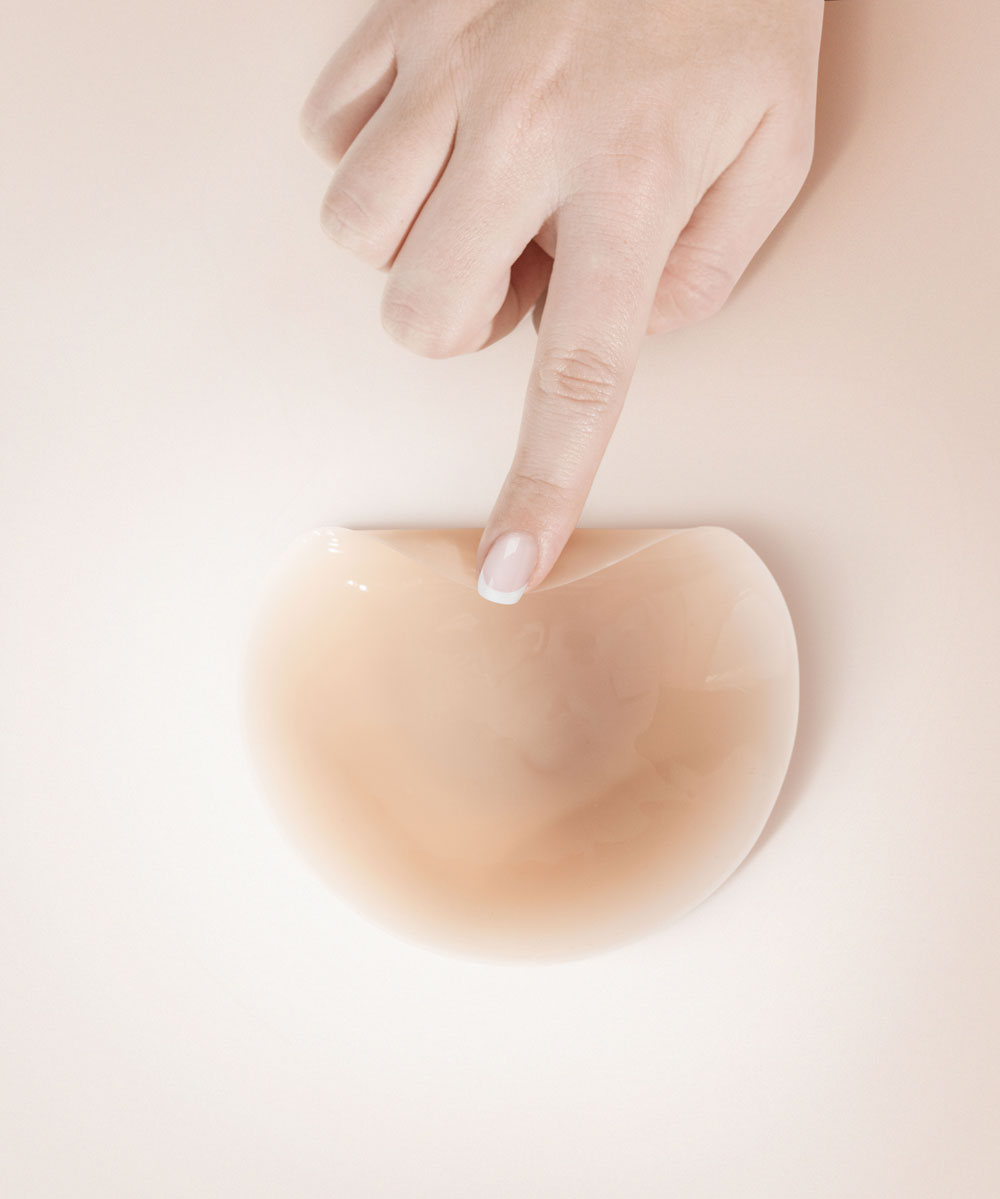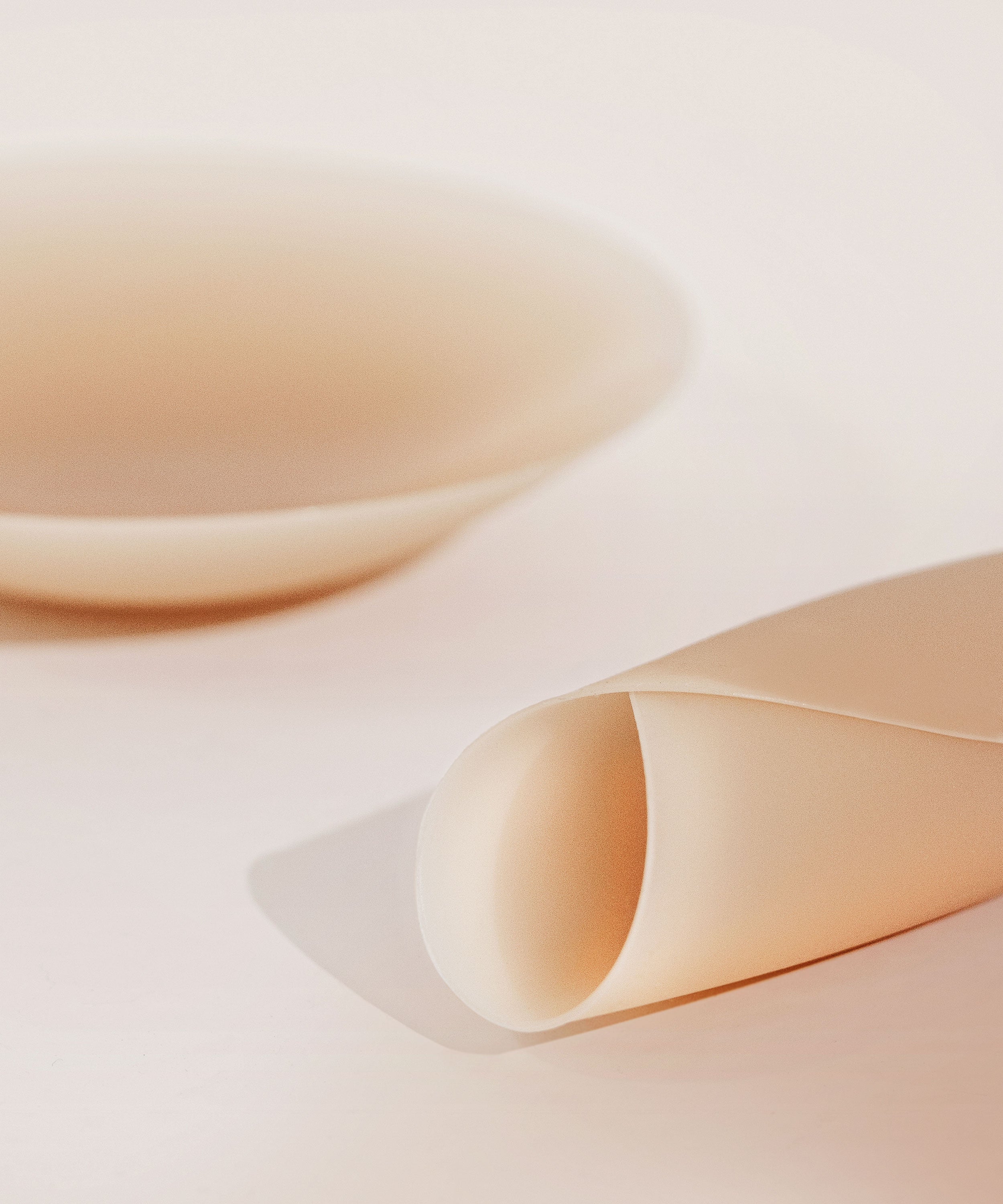Breast Cancer Facts as we charge forward into 2024
How common is breast cancer?
Breast cancer accounts for 12.5% of all new annual cancer cases worldwide, making it the most common cancer in the world. But there is some good news. Survival rates are increasing. Early detection is saving lives and treatments are advancing with some exciting developments in the immunotherapy space.
So as with every 1st of the month, we ask you to join us in checking your tatas. For a quick and easy How-To, check out this post on Instagram.
Here are some more updates for 2024.
Age at diagnosis
The median age at the time of breast cancer diagnosis is 62 — meaning that half of women with breast cancer are diagnosed before age 62 and half are diagnosed afterward. Breast cancer diagnosis is relatively rare in younger women; only about one out of eight invasive breast cancers are diagnosed in women younger than 45, whereas about two out of three invasive breast cancers are found in women 55 or older.
Breast cancer risk
There are several breast cancer risk factors to be aware of — these are just a few.
Sex at birth and getting older
The most significant risk factors for breast cancer are being a woman and getting older. If you’re trans or non-binary, it’s essential that you speak with your doctor about your personal risk level so you can make sure to get screened as often as makes sense for you.
Family history
A woman’s risk of breast cancer nearly doubles if she has a first-degree relative (e.g. their mother, sister, or daughter) who has been diagnosed with breast cancer. Approximately 15% of women who get breast cancer have a family member diagnosed with it.
Genetics
About 5% to 10% of breast cancers can be linked to known gene mutations inherited from one’s mother or father. Mutations in the BRCA1 and BRCA2 genes are the most common.
About 85% of breast cancers occur in women who have no family history of breast cancer. These occur due to genetic mutations that happen as a result of the aging process and life in general, rather than inherited mutations.
On average, women with a BRCA1 mutation have up to a 72% lifetime risk of developing breast cancer. Women with a BRCA2 mutation have up to a 69% risk. Breast cancer that is positive for the BRCA1 or BRCA2 mutations tends to develop more often in younger women.
Breast cancer disparities by race and ethnicity:
There are persistent disparities in breast cancer incidence and death rates:
- Black women are more likely to die from breast cancer than women of any other racial or ethnic group. Experts believe that it’s partially because about 1 in 5 Black women is diagnosed with triple-negative breast cancer, more than any other racial or ethnic group.
- Breast cancer is the leading cause of cancer-related death in the United States for Black and Hispanic women.
- Breast cancer is the second-leading cause of cancer-related death in the United States, following lung cancer, for Asian and Pacific Islander women, American Indian and Alaska Native women, and white women.
- Ashkenazi Jewish women have a higher risk of breast cancer because of a higher rate of BRCA mutations.
New treatments to watch in 2024:
CAR-T Treatment
CAR-T treatment is an immunotherapy method that alters T cells to pinpoint cancer cells and more efficiently attack and eradicate them. Human T cells are first extracted, genetically manipulated, and then administered to patients to target tumors. The T cells usually are engineered on CAR or chimeric antigen receptors. Jana Portnow, M.D., a professor in the Department of Medical Oncology & Therapeutics Research and co-director of the Brain Tumor Program, is leading the Phase 1 trial. “What we are trying to do is to train the immune system to kill cancer,” Portnow said. “Cancer cells figure out a way to hide from the immune system. As others have said, T cells are the ‘soldiers’ that are able to kill cancer cells.”
More Realistic Nipple Tattoos
Mastectomy (surgical removal of one or both breasts) is a common and effective procedure for breast cancer patients, but it can also negatively impact a woman’s body image. The procedure often involves the removal of the nipple and areola, which can dramatically change the appearance of the breast.
Previous nipple-tattooing methods typically used only one or two colors to create concentric circles on the breast after nipple reconstruction. 3D nipple tattoos appear more authentic and do not require an additional reconstructive surgical procedure.
This information is provided by Breastcancer.org.and www.cityofhope.org.





